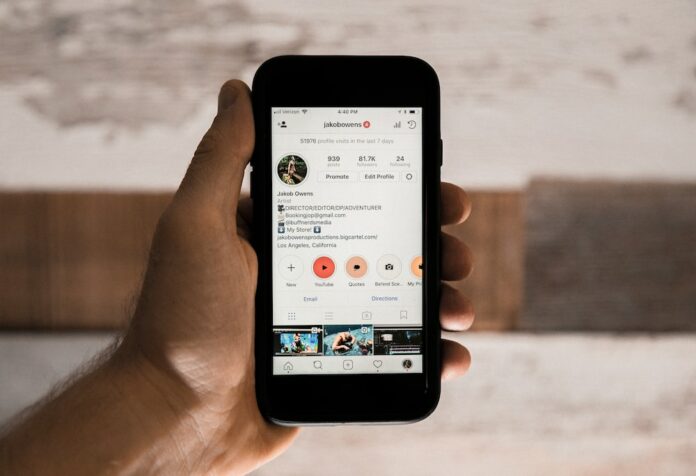Adding your Linktree URL to your Instagram bio is an easy task. All you need to do is Copy-paste the URL in the Website field when you edit your Instagram profile. This attachment ensures the accessibility of the Linktree link in your Instagram bio.
In case of an customised URL with detailed analytics, it is possible to create your own Linktree. The process includes creating an efficient landing page and adding all the desired links within it to be accessed by your followers.
4 Steps to Adding Linktree to Instagram Bio
Step 1: Create a landing page
Create a new page using any of your blogging softwares- content management system, WordPress. Remember that you will be adding your link tree’s URL to your Instagram bio, so keep it crisp. Consider using your Instagram username, or words such as “hello,” “about” or “learn more.”
Mezink is one of the most effective and user friendly landing page builder tool that one can use to create customised landing pages
Read more about Link-in-Bio Tools
Step 2: Design your page
While designing your Web page, one has to consider both- desktop as well as the mobile view that the viewers would access from your profile.
The links must be kept crisp and simple to understand. Use Mezink to design your landing page in the most efficient way. Here is how you can design your landing page using Mezink.
One can design their landing page using basic tools like Canva. In order to get the perfect display for all the phone screens, keep the dimensions small- 500 x 100 pixels would work best. One can add a photo or a brief message to make the page look more interactive.
Step 3: Add links
After adding all the buttons on your landing page, you can add links. In order to add the links, one just has to copy and paste all the Social media URLs one wants to showcase on their profile.
The easiest and quickest way to create link-in-bio is Mezink. Here is how you can effectively use Mezink for Instagram.
Step 4: Update your Instagram bio
Once you have created your new page, go back to your Instagram account and add the URLs to your BIo.
Your Linktree URL is accessible now!
Find out more about Linktree-

http://easyrxcanada.com/# canadian pharmacy com
Tiny shards of plastic are increasingly infiltrating our brains, study says
гей порно молодые
Human brain samples collected at autopsy in early 2024 contained more tiny shards of plastic than samples collected eight years prior, according to a preprint posted online in May. A preprint is a study which has not yet been peer-reviewed and published in a journal.
“The concentrations we saw in the brain tissue of normal individuals, who had an average age of around 45 or 50 years old, were 4,800 micrograms per gram, or 0.5% by weight,” said lead study author Matthew Campen, a regents’ professor of pharmaceutical sciences at the University of New Mexico in Albuquerque.
“Compared to autopsy brain samples from 2016, that’s about 50% higher,” Campen said. “That would mean that our brains today are 99.5% brain and the rest is plastic.”
That increase, however, only shows exposure and does not provide information about brain damage, said Phoebe Stapleton, an associate professor of pharmacology and toxicology at Rutgers University in Piscataway, New Jersey, who was not involved in the preprint.
“It is unclear if, in life, these particles are fluid, entering and leaving the brain, or if they collect in neurological tissues and promote disease,” she said in an email. “Further research is needed to understand how the particles may be interacting with the cells and if this has a toxicological consequence.”
The brain samples contained 7% to 30% more tiny shards of plastic than samples from the cadavers’ kidneys and liver, according to the preprint.
“Studies have found these plastics in the human heart, the great blood vessels, the lungs, the liver, the testes, the gastrointestinal tract and the placenta,” said pediatrician and biology professor Dr. Philip Landrigan, director of the Program for Global Public Health and the Common Good and the Global Observatory on Planetary Health at Boston College.
“It’s important not to scare the hell out of people, because the science in this space is still evolving, and nobody in the year 2024 is going to live without plastic,” said Landrigan, who was not involved with the preprint.
reputable indian pharmacies: indianpharmacy com – best online pharmacy india
india online pharmacy best online pharmacy india online shopping pharmacy india
http://mexstarpharma.com/# pharmacies in mexico that ship to usa